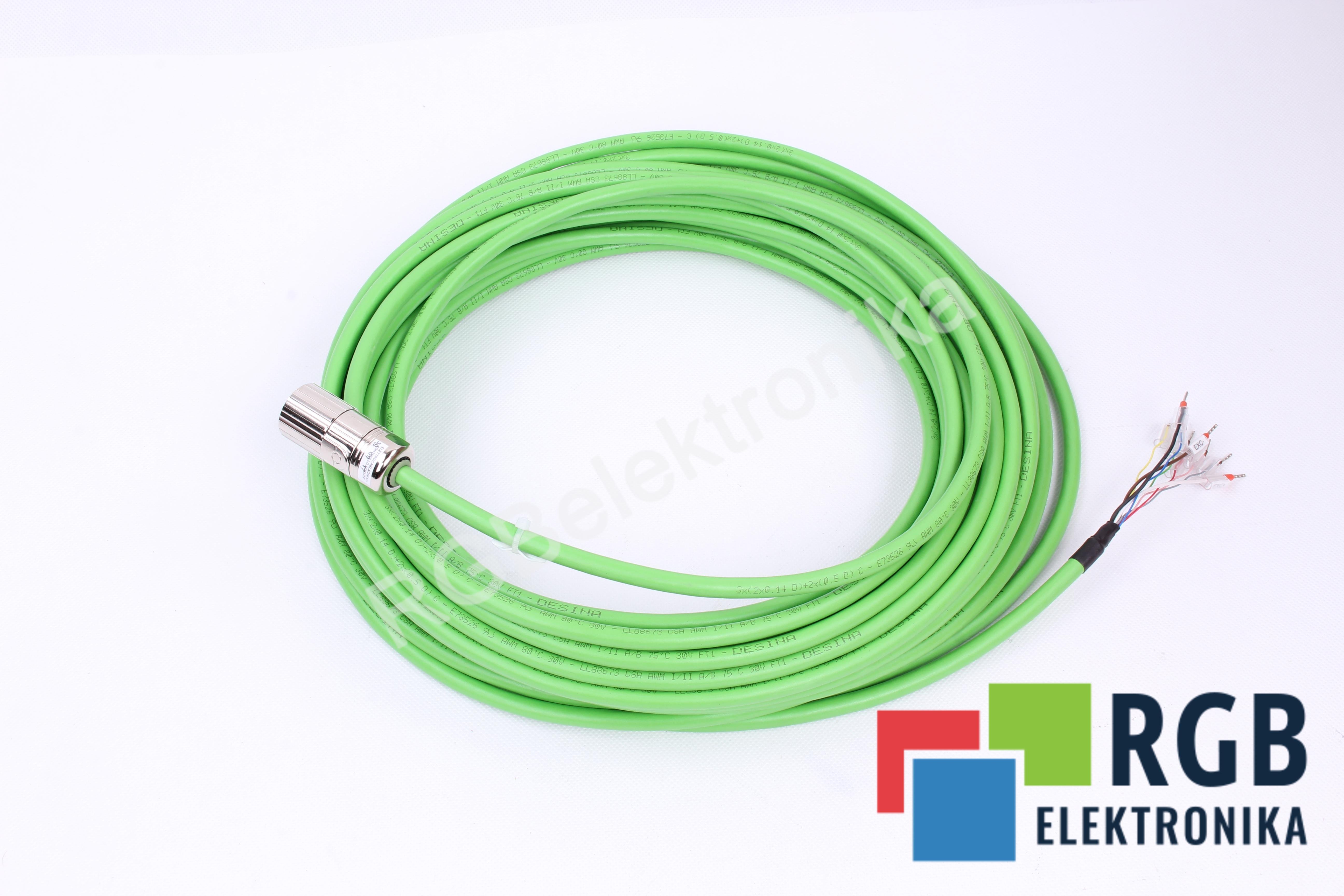The Central Processing Unit (CPU) is the brain of a computer, responsible for carrying out all the complex instructions and calculations that allow our devices to function. With such an important role, it’s crucial to ensure that your CPU is running at a safe temperature to prevent damage or performance issues. But what exactly is considered a safe temperature for a CPU, and how does it affect your device?
In this article, we’ll dive into the topic of CPU temperatures, specifically focusing on the question: is 80°C safe for your CPU? Through exploring different aspects and factors, we aim to provide a comprehensive answer to this commonly asked question.
Contents
Understanding CPU Temperatures and Their Impact on Performance

What is CPU Temperature and How is It Measured?
To understand if 80°C is safe for your CPU, it’s important to first understand what CPU temperature is and how it’s measured. CPU temperature refers to the level of heat generated by the CPU while in operation, which is closely tied to its level of activity and workload. The higher the workload, the more heat is generated. This heat is then dissipated through the CPU’s cooling system, typically consisting of a heatsink, fan, and thermal paste.
CPU temperature is measured in degrees Celsius (°C) or Fahrenheit (°F) and can be monitored using various software tools such as Core Temp, HWMonitor, or SpeedFan. Most modern CPUs also have built-in sensors that report their temperature, allowing users to monitor it in real-time.
Factors That Affect CPU Temperature
Several factors can affect the temperature of a CPU, including:
- CPU Model: Different models of CPUs have different thermal design power (TDP) ratings, which refer to the maximum amount of heat the CPU is designed to dissipate. A higher TDP CPU will generate more heat and require better cooling.
- Overclocking: Overclocking is the process of increasing a CPU’s clock speed to achieve higher performance. However, this also increases the CPU’s workload and consequently its temperature.
- Cooling System: The type and effectiveness of a CPU’s cooling system can greatly impact its temperature. A better cooling system, such as liquid cooling, can keep the CPU at lower temperatures even with high workloads.
- Environmental Factors: The ambient temperature of the room where a computer is located can also affect CPU temperature. A hot room will make it harder for a CPU’s cooling system to dissipate heat effectively.
Effects of High CPU Temperature on Performance
Now that we understand what CPU temperature is and what factors can affect it, let’s explore how high temperatures can impact a CPU’s performance. As mentioned earlier, a CPU’s cooling system works to prevent it from overheating. When a CPU reaches its maximum safe temperature, it may start throttling its performance, reducing its clock speed and ultimately impacting its overall performance.
Moreover, prolonged exposure to high temperatures can cause permanent damage to the CPU’s delicate internal components, potentially leading to hardware failures and crashes. This is why it’s crucial to ensure that your CPU stays within a safe temperature range.
Is 80°C Safe for Your CPU?

The Recommended Safe Operating Temperature Range for CPUs
The short answer to this question is, yes, 80°C is generally considered to be a safe operating temperature for most modern CPUs. However, it’s always best to refer to your specific CPU model’s specifications for its recommended maximum safe temperature. Generally speaking, most CPUs have a maximum safe temperature range of around 80-90°C, although some can go up to 100°C.
The Impact of Different CPU Models and Cooling Systems
As mentioned earlier, different CPU models have different TDP ratings, and thus, different maximum safe temperatures. For example, a high-end Intel Core i9 processor has a TDP of 165W and can safely operate at temperatures up to 100°C, while a mid-range Intel Core i5 processor with a TDP of 95W has a lower maximum safe temperature of 95°C.
Similarly, the type and effectiveness of a CPU’s cooling system also play a significant role in its safe operating temperature. A better cooling system can keep a CPU running at lower temperatures even with high workloads, allowing it to maintain optimal performance levels.
Overclocking and Its Impact on Safe Operating Temperature
Overclocking, as mentioned earlier, increases a CPU’s clock speed, which also increases its workload and consequently, its temperature. This is why overclockers use liquid cooling or other advanced cooling methods to keep their CPUs at safe temperatures while pushing them to higher performance levels. However, it’s crucial to note that overclocking always comes with some level of risk, and it’s essential to monitor your CPU’s temperature closely to prevent any potential damage.
FAQs
What is the Ideal Temperature for a CPU?
The ideal temperature for a CPU depends on its model and specifications. Generally, most modern CPUs have a maximum safe temperature range of around 80-90°C, while some can go up to 100°C.
What Happens If My CPU Exceeds Its Maximum Safe Temperature?
If your CPU exceeds its maximum safe temperature, it may start throttling its performance, reducing its clock speed and ultimately impacting its overall performance. Prolonged exposure to high temperatures can also cause permanent damage to the CPU’s internal components.
How Can I Monitor My CPU Temperature?
There are various software tools available that allow you to monitor your CPU’s temperature in real-time. Some popular options include Core Temp, HWMonitor, and SpeedFan.
Can I Reduce My CPU’s Temperature Without Upgrading My Cooling System?
Yes, there are a few things you can do to reduce your CPU’s temperature without upgrading your cooling system. These include cleaning your computer’s fans and vents, ensuring proper airflow in your computer case, and using high-quality thermal paste for better heat transfer.
How Often Should I Check My CPU Temperature?
It’s recommended to check your CPU’s temperature regularly, especially if you’re overclocking or performing intensive tasks. It’s also a good idea to monitor your CPU’s temperature when experiencing performance issues to rule out overheating as the cause.
Conclusion: Is 80°C Safe for Your CPU?

In conclusion, while 80°C is generally considered a safe operating temperature for modern CPUs, it’s always best to refer to your specific CPU’s specifications for its maximum safe temperature. It’s crucial to monitor your CPU’s temperature regularly, especially if you’re overclocking or performing intensive tasks.
Additionally, investing in a better cooling system can help keep your CPU at lower temperatures and prevent any potential damage or performance issues. Ultimately, keeping your CPU within a safe temperature range is essential for maintaining optimal performance and prolonging its lifespan.

Information Security Asia is the go-to website for the latest cybersecurity and tech news in various sectors. Our expert writers provide insights and analysis that you can trust, so you can stay ahead of the curve and protect your business. Whether you are a small business, an enterprise or even a government agency, we have the latest updates and advice for all aspects of cybersecurity.


